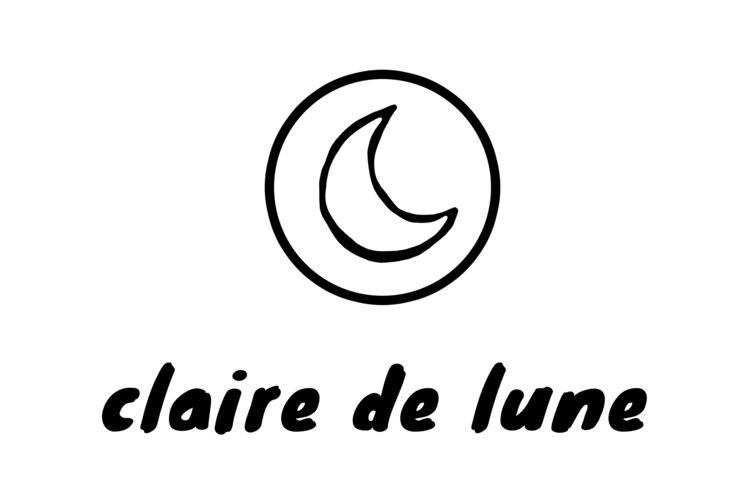IDS
Tropical Information
Watch this space for future IDS screenings.
If you missed the lecture in March, sign up to our mailing list to be informed direct of our next events!
Tris
Tris Vonna-Michell
Auto-Tracking: Ongoing Segments, 2008
Performance at Jan Mot, Brussels
Performance at Jan Mot, Brussels
In the installation Auto-Tracking, Vonna-Michell combined this visual material to form a story, in which several narrative strands interconnect. He told stories and recounted the history of places, people and objects and, in this, created a reality that interwove historical facts and fictions in a multitude of possible narratives. The two-part installation consisted, first, of a telephone station, with the help of which Vonna-Michell entered into direct contact with the viewers through an intimate dialogue, and, through specially selected images spread out on a table, further developed the performance in oral form with a breathtaking fast-speaking performance. For the second part, an almost identical installation was set up in another room of the Kunsthalle, in which the received calls were collected and archived.
IDS plant shaking
Plant Music
'Different types of music were then utilized in her following experiments. She tried acid rock music by Led Zeppelin, Vanilla Fudge, and Hendrix. It was played to one group of plants and semi-pop music (of the 1970's) to another. The "acid rock music" plants were sickly and small compared to the control group of "semi popular" music (now termed soft rock).
The other genres of music she experimented with: were classical music (Debussy), jazz (she used Louis Armstrong among others), and Indian (Ravi Shankar). The plants grew large and healthy, with the plants actually growing towards the radio for each of these three forms of music, just like they bend towards sunlight. Dorothy also experimented with country music (such as Jonny Cash) and found they neither grew toward or away from the speakers and seemed neutral. While Dorothy did have a personal bias and by the end of her research she believed plants could feel and were capable of ESP. She felt perhaps it was the lyrics that the plants didn't like with the acid rock music.
It seems the plants like all types of music, except hard, pounding rhythms, but prefer stringed instruments the most. They also didn't like a constant tone played for 8 hours per day, but how many of us do!'
An opinion on the effect of different types of music on the well-being of plants.
1970s experiment conducted by Dorothy Retallack.
KRAFTWERK R GO
If The Information Delivery Service were to make music.
Kraftwerk
Autobahn
Kraftwerk
Music Non Stop
Progression Model
Mailing List
Please visit the IDS website and join our mailing list to receive updates and news of future events.
Information Speculation
WHAM BAM LECTURE LECTURE PART 1: Information Speculation
The first public lecture given by The Information Delivery Service at Inspace, Edinburgh
The performance lecture and installation was undertaken by myself and my Associates on 15th March 2012.
Recording of the event was permitted.
All images shown were provided by audience.

























